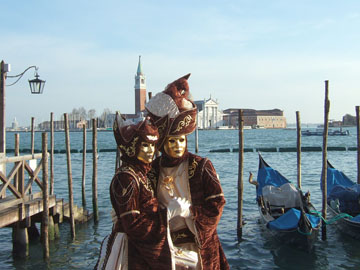Product Description
Flavio Poli for Seguso Large Murano Glass Bottle with Stopper c.1950’s


FLAVIO POLI (1900-1984) Italy
SEGUSO VETRI D’ARTE Italy
Bottle with stopper c. 1950’s
Spectacular large decanter or bottle with stopper with a golden cognac cased glass interior tear drop form suspended in a solid clear glass body by FLAVIO POLI (1900-1984) Italy for SEGUSO VETRI D’ARTE Italy
H: 16 1/2″
Price: $4,200
Flavio Poli for Seguso Large Murano Glass Bottle with Stopper c.1950’s
SUOMEN KULTASEPPÄ OY Turku, Finland
(FINNISH GOLDSMITH COMPANY, LTD.)
Silver bowl 1925
Hand wrought and repoussé silver with an overall scrolling leaf, blossom and vine motif, applied stylized open work silver handles
Marks: “TILL AIS och NILS WENER 19 [28-30/ IV] 26 ADI och ALLAN RÖNEHOLM,” maker’s mark (hammer with wings), government control mark (crown), 813 H (silver standard) U5 AT (date mark), city mark for Turku
H: 7 1/4″ x W: 13 1/2”
This Art Deco Finnish silver centerpiece was presented as a gift from Adi and Allan Röneholm to Ais and Nils Wener in 1926. By repute this piece was shown the year prior at the Paris 1925 exhibition.
GUTTIEREZ VEGA (active 1930s) Bogotá, Columbia
Four-piece modernist coffee / tea set c. 1935
Radical form cone and triangular shaped four piece sterling silver with bold design exotic handles.
Marks: T.A.N. Sterling (Maker’s mark), serial number F925
Coffee pot H: 5″ x L: 10 1/2″
Teapot H: 4 3/8″ x L: 10 1/2″
Creamer H: 3″ x L: 8″
Sugar bowl H: 4 1/2″ x L: 7 3/4″
In the 1930s, Colombia began to embrace modern and Art Deco architecture. The new Liberal Party government tore down many older buildings to reject the conservative past. In their place, it constructed modern buildings with an international flavor and interiors and decorative arts were designed to complement these newly stylized buildings.
